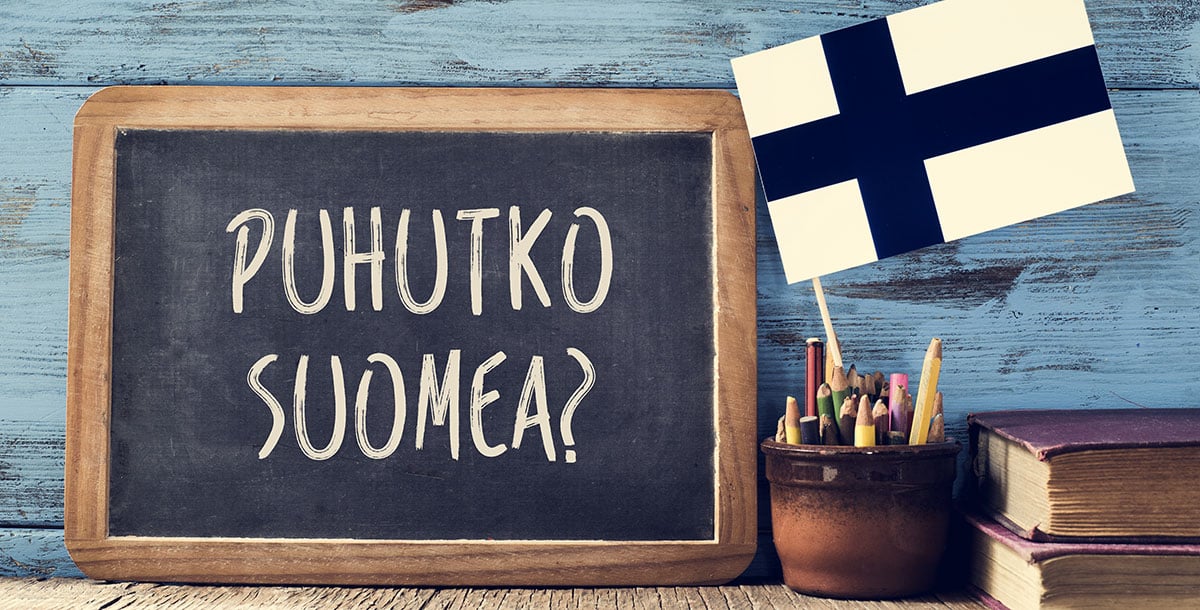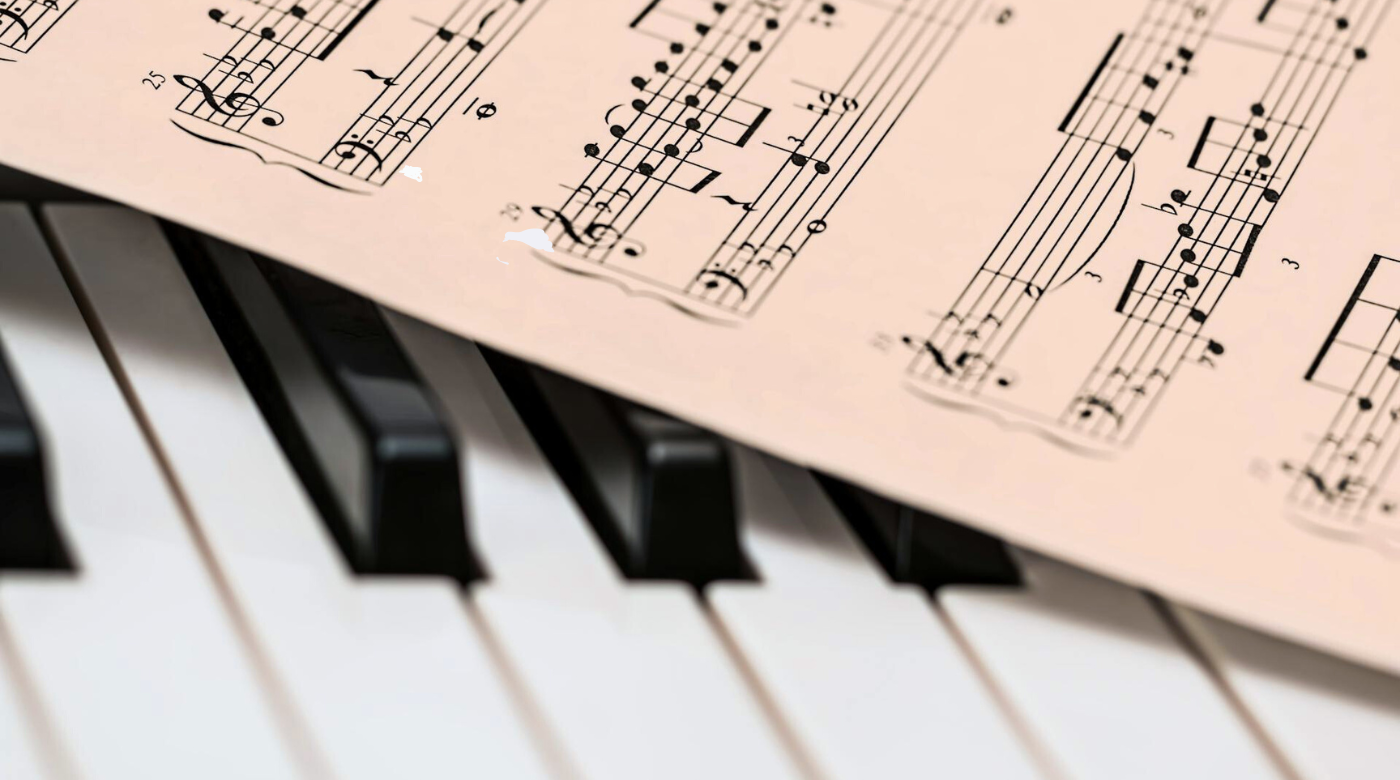 What Are the Most Difficult Languages to Learn?">
What Are the Most Difficult Languages to Learn?">
All languages are not born equal. Some have a different grammar, more complicated sentence structures or even a unique alphabet! That's why it can be complicated to learn a language! What are the most difficult languages to learn? Which language will offer you the language challenge you expect?
Far be it from us to classify all the languages of the world from the most complicated to the easiest to study. Why ? Simply because this list will be different for each one of us. For example, Germans will find it easier to learn other Germanic languages, such as Norwegian or Danish. On the contrary, the French will be more comfortable with Romance languages such as Italian. And again, we do not talk about different dialects, which are even more difficult to nail.
What are the most difficult languages to learn?
If you want to know which are the most difficult languages to learn, turn to languages that have an alphabet different from yours... Or even different genres, like German that has three genres (feminine, masculine and neutral). And don't forget to check out which languages you should learn to stand out at work. In the meantime, here is a list of 10 of the most difficult languages to learn.
10) Scottish Gaelic
Gaelic, which is mostly spoken in northwestern Scotland and the Highlands, comes from the old Irish. It was a widely spoken language between the 6th and the 10th century, until it declined during the reign of King Malcolm III. From 1872, it was even forbidden to teach it in schools, following the Education (Scotland) Act (Scottish Act of 1872 on education). Fortunately, since the 80s the trend is reversed and the Gaelic is gaining ground again.
And why is it in the most difficult languages to learn? To begin with, the Gaelic alphabet contains only 18 letters: a, b, c, d, e, f, g, h, i, l, m, n, o, p, r, s, t, u. The language also differentiates between regular pronouns (mi, thu, e, etc.) and emphatic pronouns (mise, thusa, esan ...), and has many definite articles that depend on the number, the genre, the case, and the initial letter of the name... As for the order of the words, it is different from French or English, since one says: verb-subject-object. And we do not even talk about pronunciation! Several sounds, like fricatives, have no equivalent in French...
Despite all that, you would like to learn Gaelic? There are some resources available online, as well as workbooks. But the best thing would be to spend time in Scotland, right?
9) Hungarian
Renowned as the most difficult language in Europe, Hungarian has no less than 42 letters in its alphabet, including 14 vowels. As for conjugation, it is not easy either, since there are 12 tenses and 35 verbal endings.
And unlike English and French, the two languages in which many words look alike, the Hungarian do not resemble anything you know. To give you a taste, here are two words to know when traveling in Hungary: "üdvözöljük!" (welcome) and "köszönöm" (thanks)...
8) Danish
At first glance, Danish does not seem so difficult to learn, especially because this language uses the 26 letters of the Latin alphabet, as well as å, ø and æ. Moreover, there are only two kinds of genres and verbs have only one form per tense, which is valid for all people. Easy, right?
In fact, the difficulty is not in the conjugation, but in the pronunciation! The oral form of Danish does not really resemble its written form... The first difficulty is to learn to pronounce all the words in Danish. The second difficulty is to understand what a Dane tells you! Yes, they tend to "swallow" the consonants, which would mean pronouncing "cut", "put" and "nut" by saying only "...ut". Not practical.
7) Japanese
As with other Asian languages, Japanese is often scary for students because of its special characters. In Japanese, there are two types of characters: kanji, a logographic writing of Chinese origin, and kanas. The kanas divide themselves into two groups, the hiraganas (used for the writing of foreign words in Japan) and the katakanas (composed from the kanjis by progressive simplification of their cursive form).
And although there is no article and no genre in Japanese, one must not forget that the verb is put at the end of sentences. Finally, one must pay extreme attention to grammar, in order to express politeness according to the situation. The Japanese are very attentive to the honorific language, or "keigo".
6) Finnish
Do you think that learning Norwegian, Swedish and Finnish should be roughly equivalent? Think again ! Finnish is a Finno-Ugric language of the Fennic branch of the Uralic family, unlike Norwegian, which is a Germanic language whose historical roots are Old Norse. No need to rely on neighboring languages...
And did you know that there are 15 different Finnish variations, and that all the words have different declinations? In fact, the declinations are marked by the addition of a different suffix according to the grammatical case of the word. We are talking about nominative, genitive, partitive, accusative, essif, illative, ablative, allative etc ... We could talk about the phenomenon of consonant alternation, which explains why "kukka" (flower) becomes "kukan" in the genitive, while "Liukas" (slippery) becomes "liukkaan", but we would be afraid to demotivate you.

5) Icelandic
Icelandic is not necessarily the most complicated language on this list, but is difficult to learn because it is spoken by fewer than 400,000 people. So there are fewer resources available on the subject, and fewer people willing to help you in your learning.
Let's start with the alphabet, which includes all Icelandic diacritics, which gives: A a, Á á, B b, D d, Ð ð, E e, É é, F f, G g, H h, I i, Í í, J j, K k, L l, M m, N n, O o, Ó ó, P p, R r, S s, T t, U u, Ú ú, V v, X x, Y y, Ý ý, Þ þ, Æ æ, Ö ö. As for grammar, it should be known that Icelandic is a flexional language that has four cases (nominative, accusative, dative and genitive), and that the Icelandic names can also have one of the three grammatical genres: masculine, feminine or neutral.
Finally, Iceland being a fairly isolated island, the language of its inhabitants has not changed much for centuries and was not influenced by neighboring languages. Thus, rather than borrowing foreign words to designate new inventions or technologies, Icelanders prefer to create new terms or use an old forgotten word. Satellite is "gervitungl", which can be translated as “artificial moon”, while computer is "tölva", “digital prophetess”, a mix of the words "tala" (number) and "völva" (prophetess).
4) Thai
Do not think that your skills in Chinese or Japanese will help you learn Thai. Indeed, Thai uses a particular alphasyllabary (between the syllabary and the alphabet) derived from the Khmer alphabet. It comprises twenty consonants, written with forty-four letters, and twenty-four vowels (including diphthongs and triphthongs), noted with thirteen letters. Impressive!
But learning all these signs is not enough to understand Thai. There are 5 different tones in the Thai language, and the same word spoken in a different tone can have up to five different meanings. We can also add that Thai is written from left to right, that there is no punctuation, and that several words can be written glued, without capital letters.
3) Greek
The first difficulty that a student in modern Greek encounters is obviously the alphabet. But even after learning these 24 letters, you will not be further advanced. Indeed, the meaning of words changes according to the emphasis given to them! One must learn the difference between each accent, that the accented words are oxyton, paroxyton, proparoxyton, perispomene, propispersen and baritone, and above all, learn to pronounce them well.
2) Arabic
When you start to learn about the Arabic language, you quickly discover that in addition to having a 28-letter alphabet and a right-to-left reading, it is a language that uses few vowels ... Yes, that means that you will have to learn new sounds and ways of pronouncing certain words, in particular by going through guttural and pharyngeal sounds (emitted from the throat).
It must also be known that the form of the letters changes according to their place in a word (at the beginning, in the middle or at the end) and that the syntax uses the verb-subject-complement order. Finally, there is a literary Arabic (more formal) and a more modern and dialect Arabic, but it’s often advisable to start by learning literary Arabic.
It remains to know which dialect you want to learn or which one you will use most often! Indeed, there is a Tunisian Arabic, but also a Moroccan Arabic, an Egyptian Arabic and an Algerian Arabic who do not always use the same words of vocabulary…
1) Mandarin Chinese
Not surprisingly, Mandarin Chinese seems to be the most difficult language to learn. You probably think it's because of the Chinese alphabet... Except that there is no Chinese alphabet, but several thousands of Chinese characters, called "sinograms". You do not necessarily need to learn all of them to hold a conversation, but you will still need to know a few hundred.
But beware, these sinograms give no clue to the pronunciation. Especially since the intonation completely changes the meaning of a word. Indeed, Chinese has four tones: a high or flat tone, a low tone, a rising tone and a descending tone. Better to control them, otherwise you risk making mistakes! Luckily, Global Lingua can help you with some Mandarin Chinese courses.
Of course, there are many languages that are just as difficult to learn, such as Russian, Polish, Hindi, Navajo... Although these languages represent a daunting challenge, remember that to learn a language, you have to stay motivated and organized! Not to mention that French is also one of the most difficult languages to learn. If you have managed to read and understand this article, you are already skilled!
Want to learn a language despite the challenge it can represent? Download our free learning guide to get some good advice.








